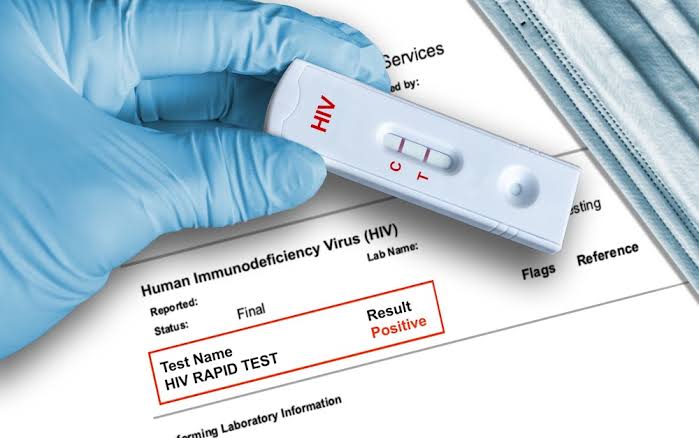Despite progress made in reducing HIV infections and AIDS-related deaths among children, a new report released by the Global Alliance for Ending AIDS in Children by 2030 shows that an urgent scale-up of HIV services in countries worst affected by the COVID-19 pandemic is required to end AIDS by 2030.
The report, Transforming Vision into Reality, which was released on Tuesday shows globally, new HIV infections among children aged 0-14 years old have declined by 38% since 2015 and AIDS-related deaths have fallen by 43%.
The report assessed progress in HIV prevention and treatment in 12 countries that are members of the Global Alliance for Ending AIDS in Children by 2030 which was launched in 2022 by WHO, UNICEF, and UNAIDS to reinvigorate the pediatric HIV agenda. These include Angola, Cameroon, Côte d’Ivoire, the Democratic Republic of the Congo (DRC), Kenya, Mozambique, Nigeria, South Africa, the United Republic of Tanzania, Uganda, Zambia, and Zimbabwe.
Among the twelve Global Alliance countries, several have achieved strong coverage of lifelong antiretroviral therapy among pregnant and breastfeeding women living with HIV, with Uganda nearing 100%, the United Republic of Tanzania at 98%, and South Africa at 97%. Mozambique has achieved 90% coverage, with Zambia at 90%, Angola at 89%, Kenya at 89%, Zimbabwe at 88%, and Cote d’Ivoire at 84%.
Commenting about the report, the UNAIDS Executive Director, Winnie Byanyima said that there is a need to ensure that children remain HIV-free and those that are living with the virus stay on treatment.
“Services for treatment and prevention must be ramped up immediately to ensure that they reach all children everywhere. We cannot rest on our laurels. The death of any child from AIDS-related causes is not only a tragedy but also an outrage. Where I come from, all children are our children. The world can and must keep its promise to end AIDS in children by 2030.”
However, despite advances made in both prevention and treatment, neither the world nor Global Alliance countries are currently on track to reach HIV-related commitments for children and adolescents. Worse, this report shows, that the pace of progress in preventing new HIV infections and AIDS-related deaths among children has slowed.
According to Dr Tedros Adhanom Ghebreyesus, Director-General of the World Health Organization, only twelve countries are demonstrating they have made that choice, but significant challenges remain as there’s still a gap in the treatment of children.
Around 120,000 children aged 0-14 years old became infected with HIV in 2023, with around 77,000 of these new infections occurring in the Global Alliance countries. AIDS-related deaths among children aged 0-14 years old numbered 76 000 globally with Global Alliance countries accounting for 49 000 of these deaths.
“In the fight against HIV, we must do a much better job for children,” said Peter Sands, Executive Director of the Global Fund to Fight AIDS, Tuberculosis, and Malaria, which provides funding for HIV programs in over 100 countries through a country-led partnership model. “In support of national programs, we have been procuring the latest dolutegravir-based pediatric treatment regimens at negotiated prices. Our investments in laboratory systems are helping ensure exposed infants are rapidly tested and that those that test positive are quickly initiated on age-appropriate antiretroviral treatment. Differentiated testing and treatment approaches are helping close the diagnostic gap and ensuring more child-centered service delivery.”
However, while this is happening. There’s still a huge treatment gap between adults and children and it continues to widen, as this report shows. In terms of percentages, 57% of children living with HIV receive lifesaving treatment, compared to 77 percent of adults.
In 2023, there were 210,000 new infections globally among young women and girls aged 15—24 years old (130,000 in Global Alliance countries), four times higher than the 2025 goal set at 50,000. Preventing new infections among this age group is critical both to protect the health and well-being of young women and to reduce the risk of new infections among children.
***URN***

